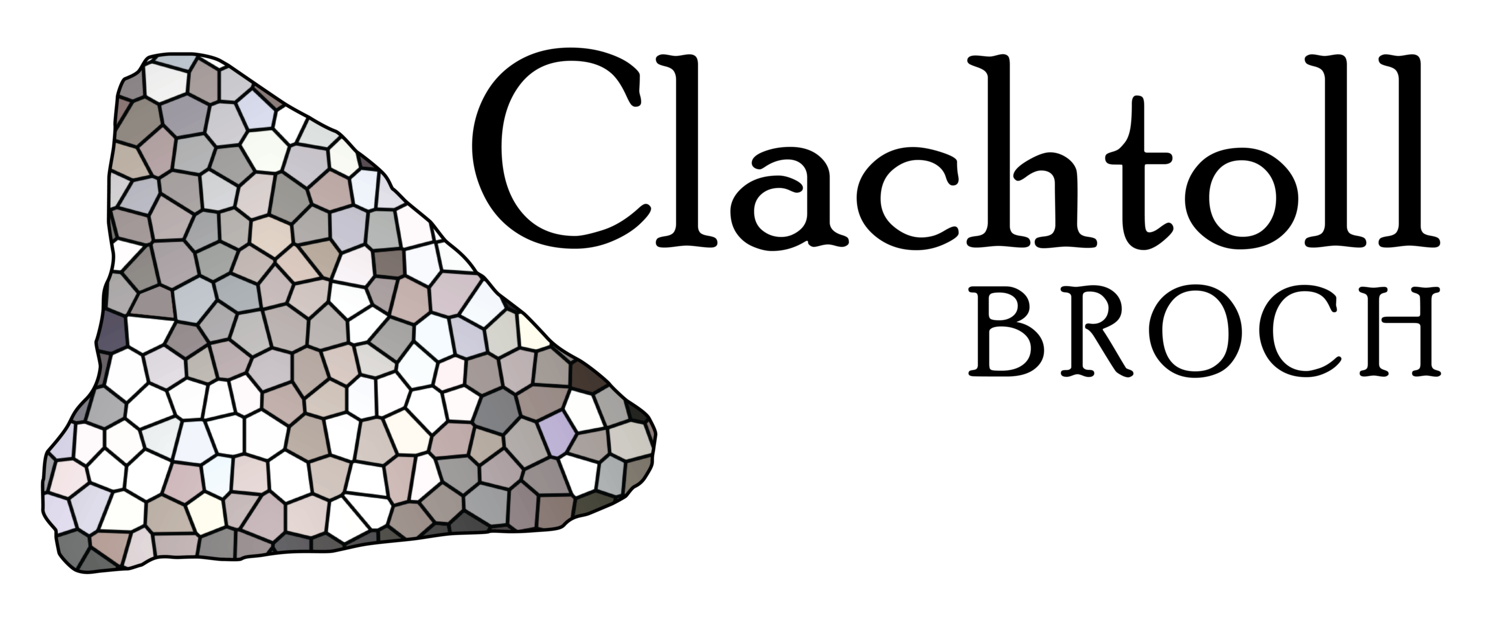
Worked Bone & Antler
51 worked bone and antler artefacts were discovered at the broch. They include everyday tools and personal ornaments as well as more enigmatic objects.
3D laser scanning collects such detailed information that even the texture of the artefacts can be reproduced
Highlights
This is one of three weaving combs found at the broch, used in making textiles. This one was kept until only a single tooth remained.
This small decorative pommel made of cetacean (whale/dolphin) tooth or ivory would have adorned the end of a sword or a dagger's handle
Pins like these owe their splayed head to the bone's natural shape, which helps the pin stay in place within the wearer’s clothing.
The vertebra of an adult whale was repurposed as a working surface. We can explore which tools were used by analysing the marks left behind.
Touching the past
via 3D prints
Many of the artefacts from the broch are fragile. These digital reconstructions were created from laser scan data and painted to replicate the originals exactly. They can be handled without risk of damage.

